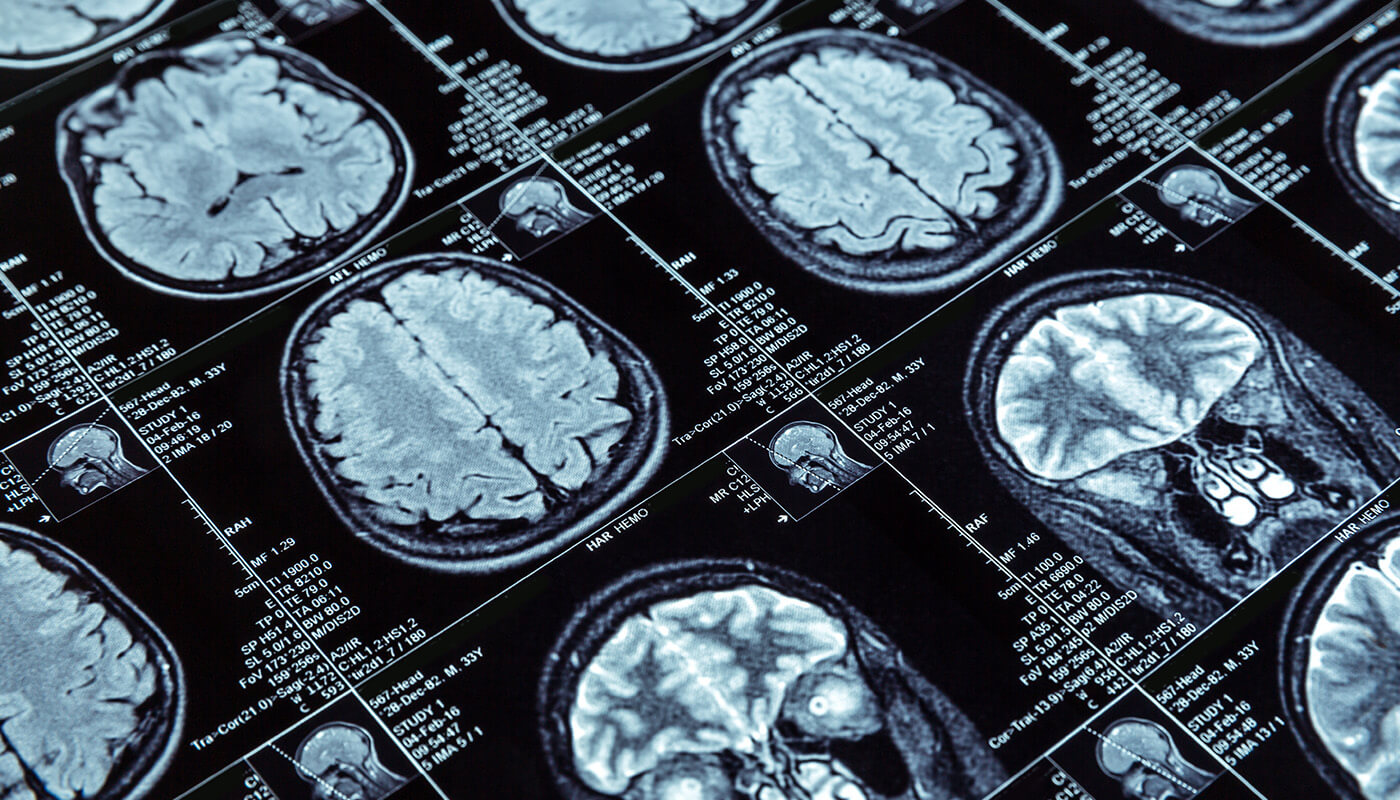The ketogenic diet is a science-based low-carb, moderate protein, high-fat diet with a history dating back to the early 1920s for controlling seizures in epileptic children. Nearly 100 years later, it’s still an important and helpful treatment for the condition. Why? Learn all about it here.
The History of Keto as a Treatment for Epilepsy
Fasting (restricting eating) has been used to treat epilepsy as early as 500 BC with good reason. If you fast (don’t eat anything for a period of time), your body will, in turn, produce ketones from stored fat. These ketones are neuroprotective, meaning they help protect the myelin (sheath that protects nerves) in your brain, and apparently, also result in less epileptic seizures.
But in 1923, a doctor named Russell Wilder, from The Wilder Clinic, recognized the dangers of fasting, particularly for children. Children have different metabolic needs and a growing brain, and can easily become weak, confused, and angry if their specific nutritional needs are not met. Consequently, Wilder studied many different nutritional therapies to see if he might find a diet that would elicit a similar response as fasting, without the potential dangers.
He soon learned that you can mimic the effects of fasting by avoiding all forms of sugar and eating a high-fat diet. He tested this diet on people with epilepsy, and it ended up becoming the main epilepsy treatment for many years.
Wilder’s discovery was the birth of the ketogenic diet, but this intervention for epilepsy was short-lived. In the 1930s, doctors were presented with new anticonvulsant seizure drugs. Because prescribing these medications was easier than making their patients follow a strict diet, drugs became the primary treatment for epilepsy. At least for the time being.
The Charlie Foundation and a Return to Keto
In 1993, a young boy named Charlie struggled with severe epilepsy. He was on several different daily medications. His parents were willing to try anything and read about the ketogenic diet as a therapy for epilepsy. They gave it a try and it worked for Charlie. Within a month, he was off medications and seizure-free. He remained seizure-free on keto for five years and has not had another seizure since.
The Charlie Foundation for Ketogenic Therapies was founded in 1994. It provides information about diet therapies for people with epilepsy, other neurological disorders, and select cancers. It also explains that anecdotally, and by four randomized controlled studies, the keto diet reduced seizures by at least 50 percent in half of the people who trialed it, and 15 to 25 percent are cured of seizures.
Since the formation of The Charlie Foundation, keto has remained an adjunct therapy for epilepsy, and there are several clinical trials studying keto for epilepsy, both completed and underway, including:
- Efficacy and Safety of Ketogenic Diet as Adjunctive Treatment in Adults With Refractory Epilepsy
- Effect of Outpatient Classic Ketogenic Diet in Epileptic Children and Adolescent
- RCT of the Efficacy of the Ketogenic Diet in the Treatment of Epilepsy
- Ketogenic Diet vs. Antiepileptic Drug Treatment in Drug-Resistant Epilepsy
Benefits of Keto for Epilepsy
So just how does keto benefit epilepsy? Ketone bodies produced from fat on the keto diet, somehow cause a change in metabolism that leads to a strong anticonvulsant effect. A team at Emory University School of Medicine wanted to further understand why keto works so well for brain-related conditions. These researchers discovered that the keto diet:
- Raises your number of mitochondria (the “powerhouse” of your cells) in portions of your brain
- Enhances energy production leading to improved neuron stability
- Alters genes involved in energy metabolism in the brain
- Enhances the brain’s ability to withstand metabolic challenges
- Causes a change in metabolism leading to a potent anticonvulsant effect
According to celebrity trainer and keto expert, Thomas Delauer, most of the science leads us to believe that it has to do the GABA (gamma-Aminobutyric acid) and glutamate (both neurotransmitters) within the brain. GABA is relaxing whereas glutamate is excitatory. Excess glutamate can trigger a seizure. On a keto diet, we have higher levels of GABA, the relaxing neurotransmitter. Also, ketone bodies actually compete with the glutamate and the body uses ketones instead of glutamate. Delauer explains, “Ketones bump the glutamate out of the brain.” This decreases the risk of seizure for epileptics. Learn more in this video.
Keto Modifications for Children with Epilepsy
As we mentioned above, children have different metabolic needs than adults do, and may need dietary modification in order to get their energy needs met, depending on their age and stage of development. It’s important to work with a doctor or dietician when trying keto as a therapeutic intervention for your child.
The Final Word
The keto diet has a long history of use as a treatment method for people with epilepsy, starting in the 1920s, but it died down due to pharmaceutical discoveries. Thanks to the Wilder Clinic established in the 1990s, keto has had a big comeback in the treatment of epilepsy and reducing seizures, and is now a well-researched and established modern complementary therapy for both children and adults with epilepsy.


